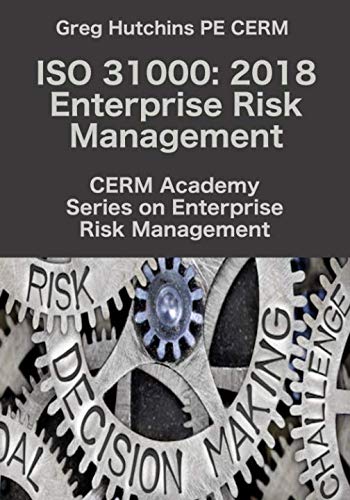ISO 31000: 2018 Enterprise Risk Management (CERM Academy Series on Enterprise Risk Management)

What is ISO 31000: Enterprise Risk Management? International Organization for Standardization (ISO) developed ISO 31000 as its risk management guideline for its management system standards. More than 60 countries have adopted ISO 31000 as their national risk management standard. ISO 31000: Enterpris...
What is ISO 31000: Enterprise Risk Management? International Organization for Standardization (ISO) developed ISO 31000 as its risk management guideline for its management system standards. More than 60 countries have adopted ISO 31000 as their national risk management standard. ISO 31000: Enterprise Risk Management is the first book to address: ISO Enterprise Risk Management; risk based, problem solving; risk based, decision making; Risk Based Thinking; and governance, risk, and compliance requirements. Everyone who is certified to ISO 9001:2015 needs to read this book to understand and implement Risk Based Thinking in ISO 9001:2015 and newer ISO standards. What This Book Can Do for You? • Describes how you can architect, design, deploy and assure risk controls that are appropriate to your organization’s context and risk appetite? • Supports executive management with operational governance, risk management, and compliance (GRC). • Identifies emerging and current risks so plans can be developed to control, manage, and mitigate risks. • Identifies emerging and current opportunities so appropriate investments can be pursued. • Increases the probability of success in achieving the organization’s strategic plan and mission critical objectives • Explains key risk concepts such as RBT, risk management assessment, risk management, VUCA, risk context, Risk Maturity, etc. • Explains and gives examples of ISO 31000 risk management principles and risk management framework. • Explains in detail ISO 31000, ISO 31010, and other key risk standards. • Provides an example of an ISO 31000 risk management process that you can design and deploy in your organization based on context and maturity. • Determines clear accountability, ownership, and responsibility of risk throughout the organization. • Supports leaning, simplification, and innovation strategies to ensure optimized use of resources.


